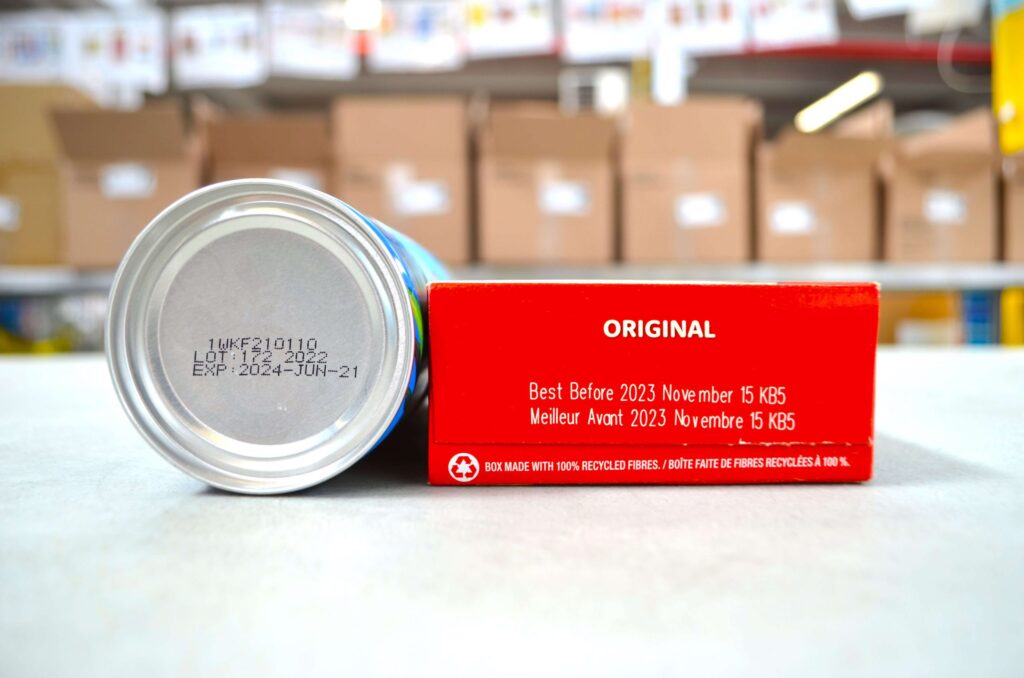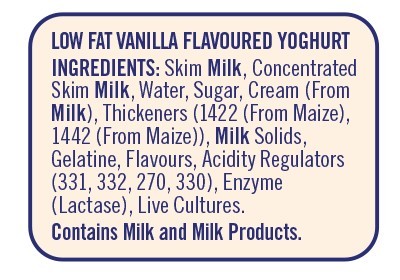Popular
How to Read a Food Label
Description
Best Before Dates:
The best before date is best identified with words "best before" and "meilleur avant" followed by a date. The format of the date should be year, month and day.
For example:
"Best before
11 JA 22
Meilleur Avant"
If the best before date has passed, you can still buy and eat the food. Some products might lose their freshness, flavor or nutritional value. Best before dates are not applicable to unopened products, so once opened the shelf life of the food may change.
Expiration Dates:
An expiration date isn't the same as a best before date. Expiration dates are on certain foods which have nutritional specifications that may not be met after the expiration date. Foods such as: liquid diets, food used in low energy diets, meal replacements, nutritional supplements, human milk substitutes, etc.
Packaged on dates:
These are similar to best before dates but are used in foods that are constructed at retail and have a durable life of 90 days or less, and must be accompanied by information on the longevity of the product.
"Packaged on
14 JA 30
Empaquete le"
Allergen labeling:
To help individuals with allergies and food restrictions, prepackaged food labels must identify priority allergens and gluten sources. In Canada, the most common allergens are known as priority allergens and these are: eggs, milk, mustard, peanuts, crustaceans and molluscs (shellfish), fish, sesame seeds, soy sulphites, tree nuts (almond, brazil nuts, cashews, hazelnuts, macadamia nuts, pine nuts, pecans, pistachios, and walnuts), and wheat and triticale (hybrid of wheat and rye grains). Gluten is also another food restriction that would show up in the ingredients list.
Prepackaged food products that contain food allergens and gluten sources must include in the list of ingredients and/ or in a statement that begins with ''contains' on their label.
Review
Write a ReviewThere are no reviews yet.

